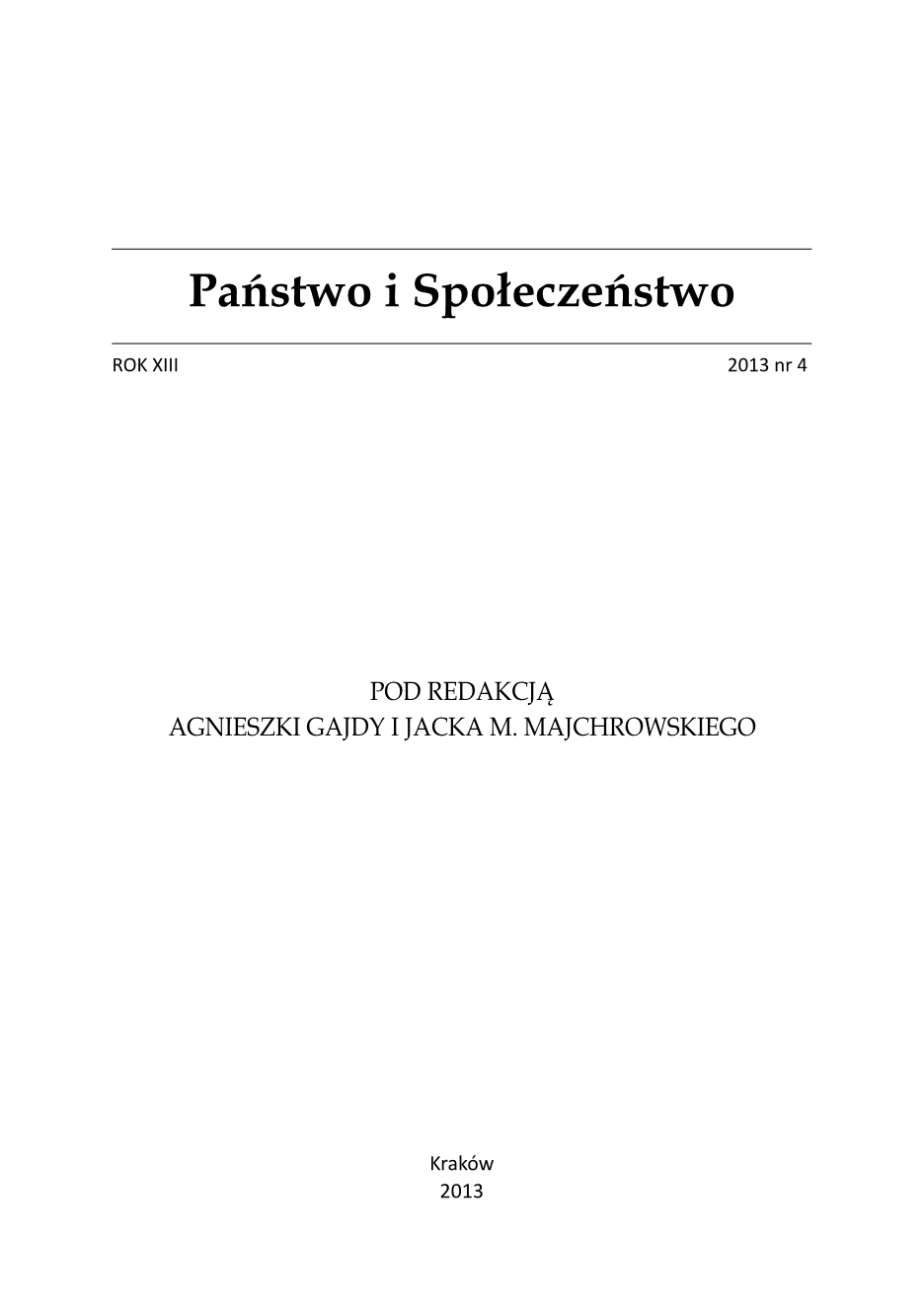
We kindly inform you that, as long as the subject affiliation of our 300.000+ articles is in progress, you might get unsufficient or no results on your third level or second level search. In this case, please broaden your search criteria.

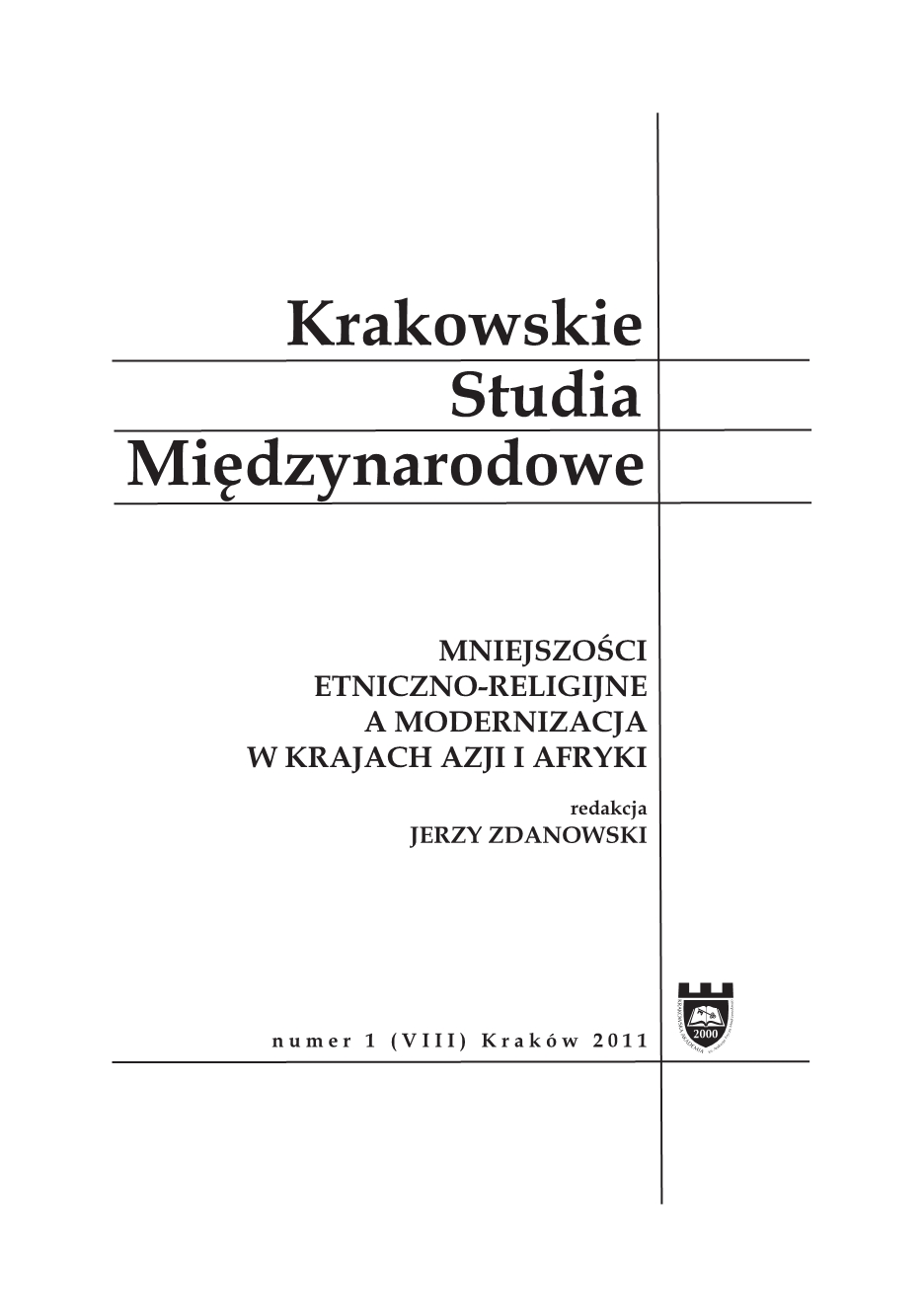
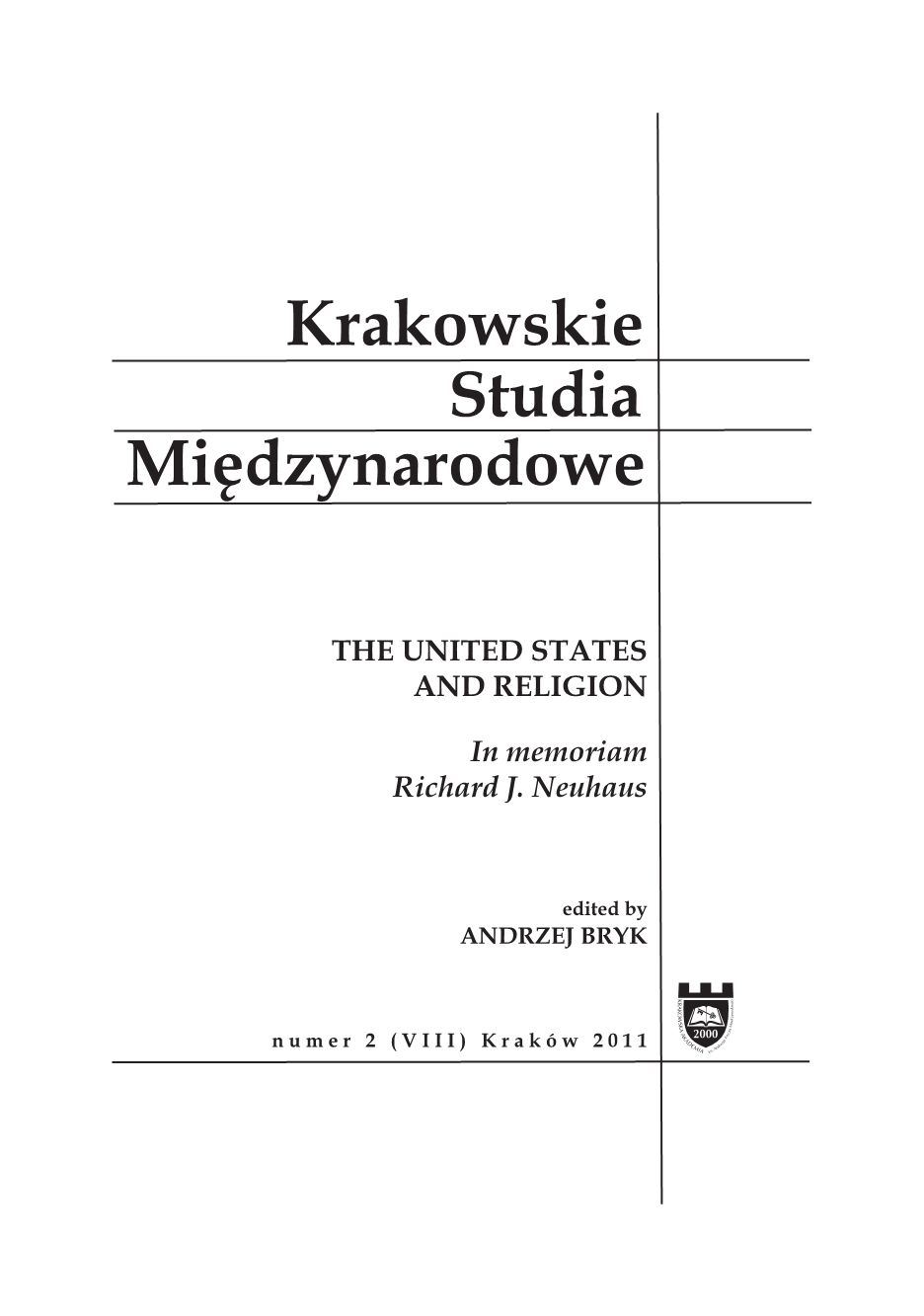


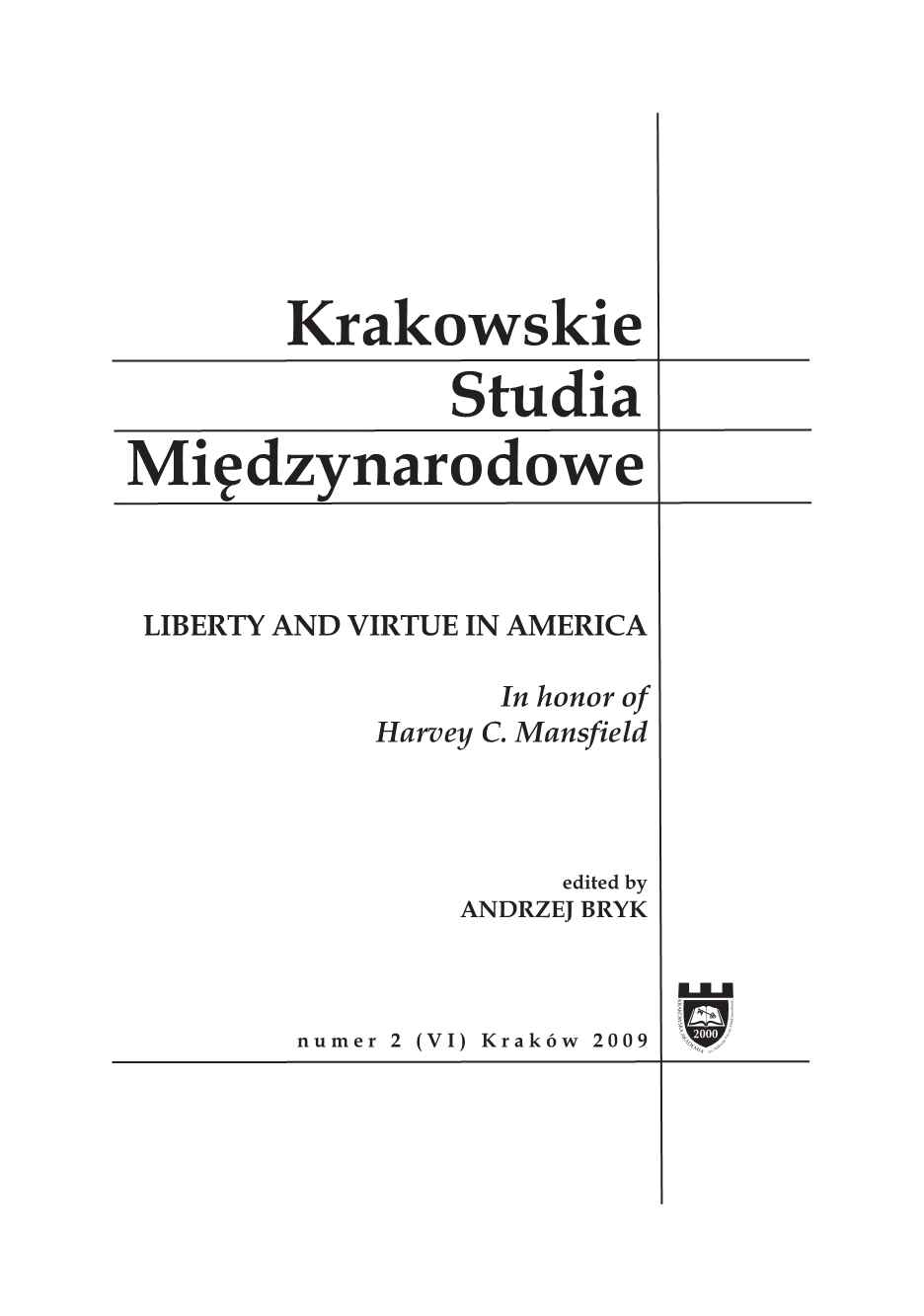

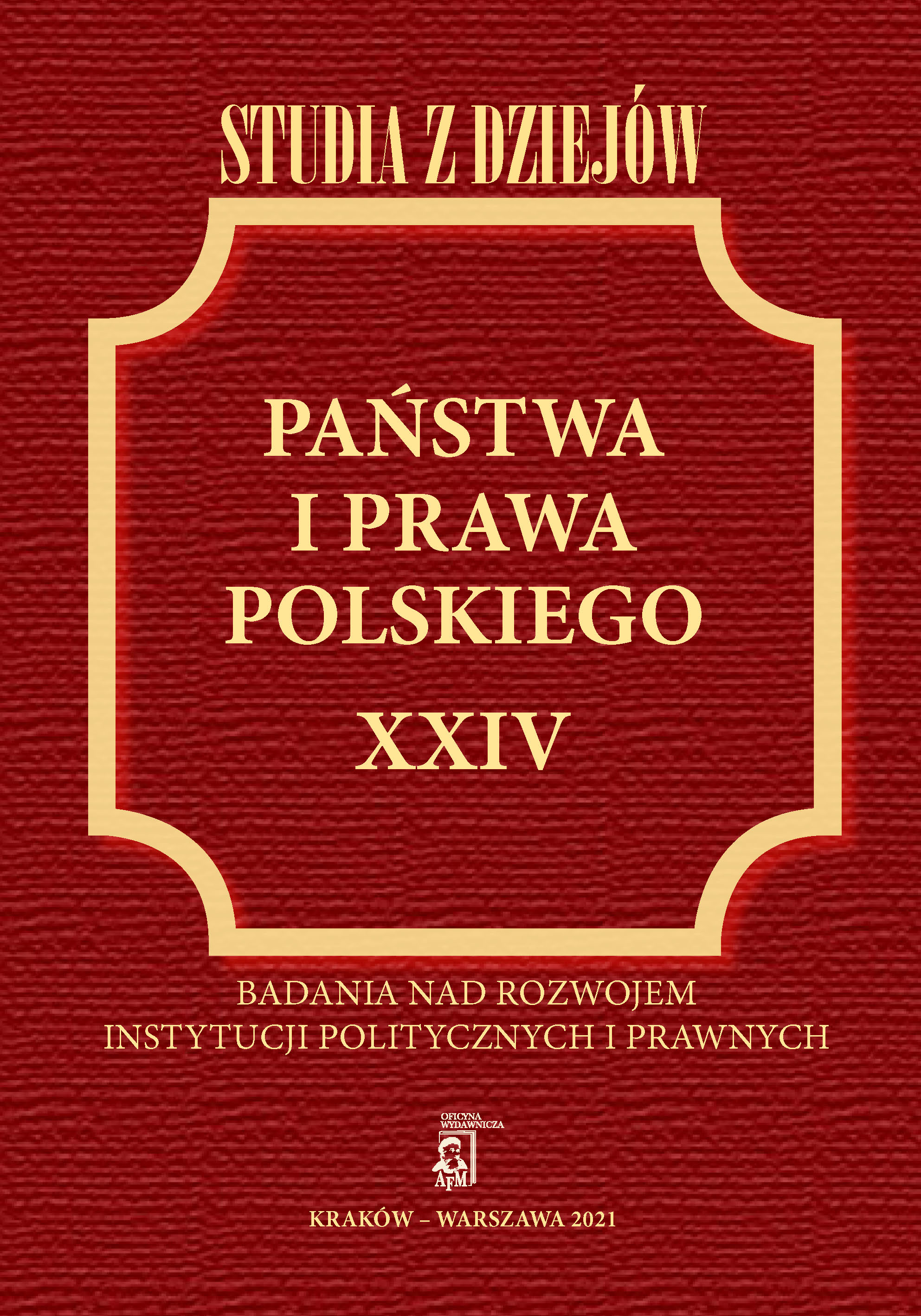
Concordats are a specific type of agreements between the Holy See and sovereign states which function in different legal orders: state and church canon law. The fact that concordats are the conventions between two subjects of international law they are also recognized as international treaties. The history of concordats is almost one thousand years old, dates from 1098 and they are still used by both sides to regulate the matters in common interests. In meantime it have been changed the names, forms, matters and language of concordats, but it did not changed the legal nature and essence of concordats. The history of Polish statehood is closely interrelated with different forms of agreements between Catholic Church and state authorities. Concordats were the consequences of Christianity adoption by Poland having impact on its close cultural relations with Western Europe. The interpretation and execution of concordats in Poland have been sometimes the cause of conflicts but both the Holy See and the state authorities recognized them through the history as important for State, Church and Nation. The article focuses on description of legal nature of concordats and the history of them in Poland until the Third Partition of country in 1795.
More...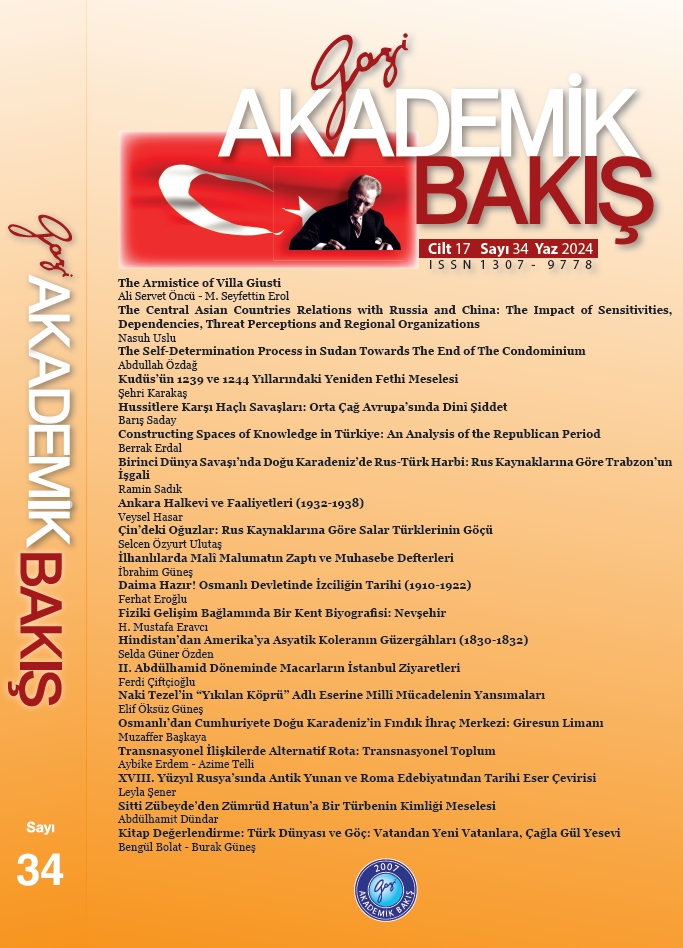
The Hussite crusades are characterized as religious in nature in terms of the volume and content of military activities in Bohemia. The initiators, participants and advocates of these activities impart the aforementioned religious nature. Following Huss’s complaint at Constance in 1415, the religious reform movement that began in the Czech-speaking lands of Bohemia identified with a well-defined political community that defined itself in national terms. When Sigismund of Luxembourg decided to impose his will on Bohemia by force in 1420, a broad coalition of reformist factions decided to use military force to defend what they interpreted as the “Law of God” (lex Dei). Sigismund’s infamous invasion was proclaimed as a crusade through the Papacy. The coalition is likely to perceive this defense as a religious war. But the elected emperor’s agreement that this should take the form of a crusade was undoubtedly to sharpen his opponents’ sense of the sacred character of the conflict. Except for the Crusades, there is no example of such a sustained and organized defense of religious doctrines against attack in the Middle Ages, and nothing similar until the Reformation. In the Hussite Crusades, a group of people waging a religious war faced another group of similar views: those who wore the cross fought those who defended the nondescript chalice. Our study aims to deal with the Hussite-centered Reform movements in the Bohemian lands and the military expeditions as a result. Our research examines the use of the Papacy for political purposes by instrumentalizing religion through the “Hussite Crusades”.
More...![[Recenzja]: Pielgrzymki Józefa Goja do Ziemi Świętej w 1902 i 1905 roku. Edycja tekstów źródłowych. Studia i materiały, red. Jerzy Myszor, WueM, Katowice 2023, ss. 228 (Źródła do Dziejów Kościoła Katolickiego na Górnym Śląsku, 33), ISBN 978-83-965059](/api/image/getissuecoverimage?id=picture_2024_82825.jpg)
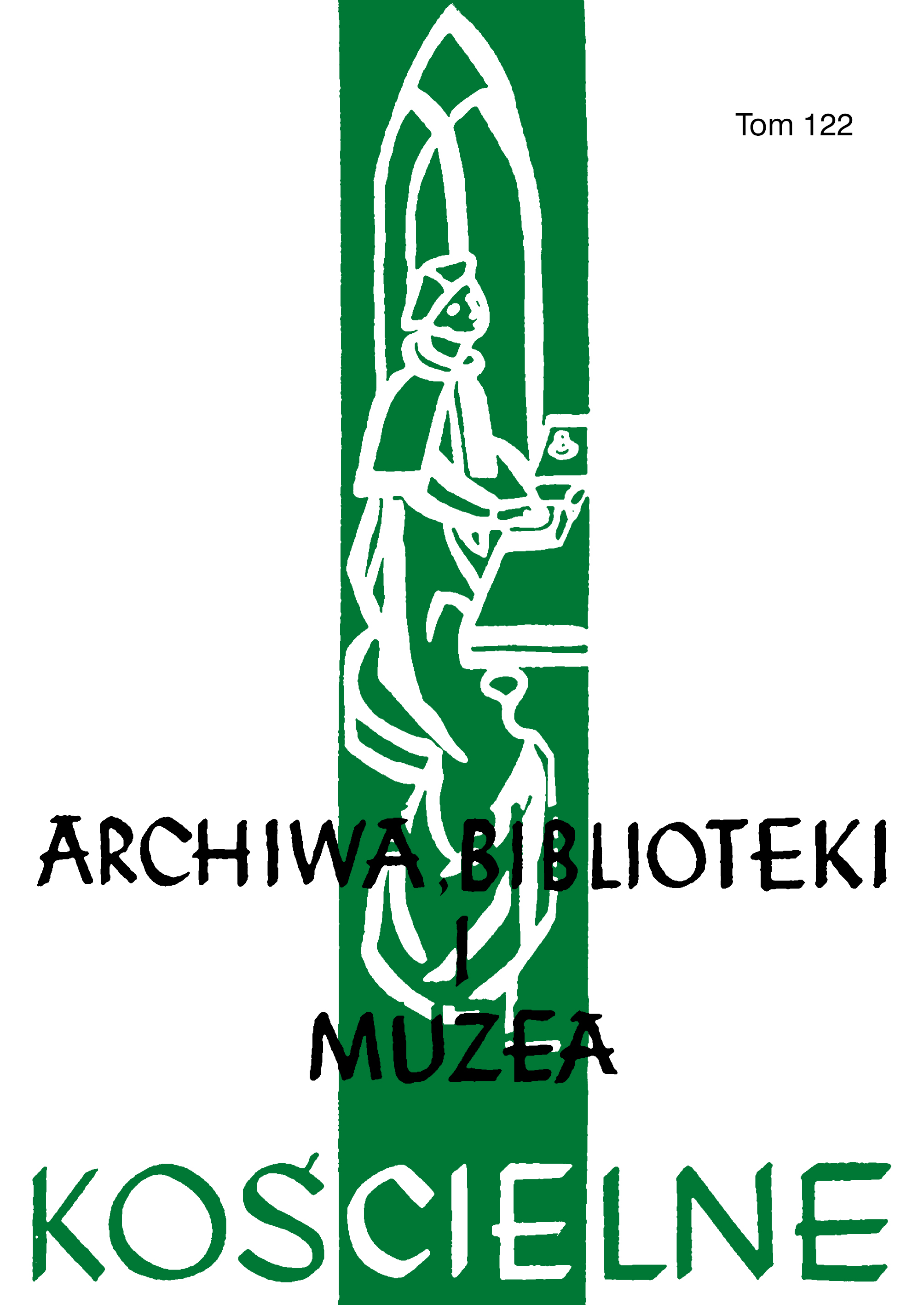
The article discusses the relations linking Lublin’s nobility sitting in customary political assemblies (sejmiki) with churches of various denominations, rites and the clergy. Due to political activity and the presence of mainly dissenter nobility in the executionist movement, it presents conflicts between church hierarchs and Protestants sued in church courts. The foundation of these antagonisms was the struggle in both the local and state forums over compositions (compositio inter status), i.e. the aforementioned protection from suing the laity in church courts, tithes and the ability of the clergy to acquire landed property. It also presents the critical stance of Lubliners on all kinds of religious conflicts, as well as their point of view related to the king’s policy of appointing bishops. Also relevant in this context are the materials documenting the close contacts of the Lublin nobility with the Church hierarchy, primarily those seeking to obtain a well-endowed bishopric, the Primates, as well as distrust towards the representatives of the Holy See in the Commonwealth. It only marginally addresses issues related to the functioning of the Uniate Church, and its rivalry for temples and landed property with the Orthodox Church. The rest of the article also focuses on the presence of religious orders in the noble world, primarily the Dominicans and Bridgettines. The participation of the clergy in the wars waged by the Polish-Lithuanian state was also among the important issues repeatedly discussed by the Lublin nobility at sejmik assemblies. An important part of the entire work also covers the securing of clergy property from damage and crimes committed by military formations.
More...
The collection of old prints stored at the Wiktor Ambroziewicz Museum of Chełm Land in Chełm consists of 92 publishing items. They include texts published in the 16th, 17th and 18th centuries. Almost half of them were printed by Polish publishing houses, while the rest are the work of Italian, French, German, Russian, Dutch, Austrian and Swiss printers. In terms of content, they represent many areas of human knowledge at the time, and their numbers in each section and language reflect the demand for specific literature by book users living in a multi-denominational and multi-cultural city. The marks and notes of provenance show not only the reading interests of the owners of each copy, but also the turbulent fate of Chełm and its residents.
More...
This article delves into the Neo-Union, a religious movement that emerged in interwar Poland starting from 1924, particularly gaining ground in the Volhynian Voivodeship by 1925. Its focus lies in analyzing the materials sourced from the security department of the Volhynian Voivodeship Office stored in the State Archives of Volyn Oblast (Lutsk, Ukraine), aiming to glean insights into the Neo-Union movement. The significance of this study is underscored by the dearth of scholarly exploration on this subject, as well as the limited research on the Neo-Union’s progression in Volhynia overall. Through the examination of archival materials, it becomes evident that while the fonds do not contain an extensive array of documents relevant to the history of Neo-Union, the ones present hold significant value. These materials encompass descriptions of Neo-Union parish development and evaluations of the movement by the voivodeship government and starosta offices. Particularly notable are documents vividly portraying the Neo-Union clergy, predominantly comprised of former Orthodox priests, who are deemed instrumental in the waning of the Neo-Union movement in Volhynia. Moreover, the qualitative study of individual Uniate parishes that emerged in the 1930s necessitates the utilization of documents from the aforementioned archival collection. These records provide indispensable insights into the dynamics and evolution of Neo-Unionism within the region.
More...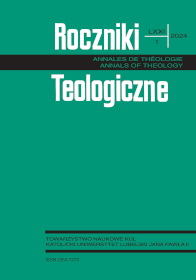
This article will explain how the liturgical renewal was a direct consequence of Vatican Council II’s ecclesiology found in Lumen Gentium. The article presents and describes the renewed ecclesiology brought about by the Council. The liturgical renewal will be analyzed as a consequence of this renewal in ecclesiology. Finally, the article looks into practical ways of how the Church may continue to apply the ecclesiological and liturgical conciliar spirit.
More...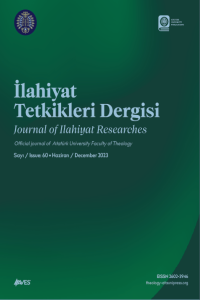
This study aims to determine the relationship between religious attitudes, psychological resilience and depression in Syrian adolescent individuals. The sample of the study consists of 216 Syrian individuals aged 13-18 residing in Elazig. The average age is 15,31. About 124 of the participants were female, and 92 were male. Personal Information Form, Beck Depression Inventory II, Religious Attitude Scale, and Child and Adolescent Resilience Scale were used to collect data. The data were analyzed using the Statistical Package for Social Sciences Statistics software, version 22.0. In the study, the following results were obtained regarding the Syrian sample: there is a negative and significant relationship between depression and religious attitude levels; there is a negative and significant relationship between depression and psychological resilience levels; and there is a positive and significant relationship between psychological resilience and religious attitude levels. In addition, the research findings showed that resilience and religious attitudes explained approximately 20% of the total variance in the level of depression in Syrian adolescents.
More...
This study aims to develop an attitude scale toward religious education at school to determine high school students’ attitudes toward Religious Education (RE). The study was conducted with 607 high school students, 293 for exploratory factor analysis and 314 for confirmatory factor analysis. The attitude scale toward religious education at school and a personal information questionnaire were used to collect the research data. Initially, an item pool consisting of 73 items was created. According to the expert opinions and the results of the pilot application, a 53-item scale form was reached and applied before the exploratory factor analysis. After exploratory factor analysis, 25 items were removed from the scale, and a new scale comprised 28 items before confirmatory factor analysis. As a result of confirmatory factor analysis, three more items were removed from the scale, and the final structure with 25 items was reached. The attitude scale toward religious education at school consists of three factors (attitude toward the RE, Religious Culture and Ethics Knowledge course, and Religious Culture and Ethics Knowledge teachers) and 25 items. The total variance explaining the three factors was found to be 57.35%. The Kaiser– Meyer–Olkin value of the scale was 0.936; the Barlett’s test value is 4814.065. This shows that the scale is suitable for factor analysis, and the data obtained from the sample are sufficient. As a result of reliability analysis, Cronbach Alpha reliability coefficient .963; The split-half reliability analysis value was .797 and the t-test results conducted between the 27% lower and upper group scores to determine the discrimination levels of the dimensions were found t(85)=−33.55, −29.62, −47.77, −40.60; p < .01 respectively. Since the confirmatory factor analysis results meet the model fit indices, which are the essential criteria, at a very good level, it is considered that the structure created is also suitable from the statistical and theoretical perspectives. In conclusion, it has been determined that the 25-item attitude scale toward religious education at school developed for high school students is valid and reliable.
More...
This article aims (1) to explore the intersections of Rudolf Bultmann and Hans-Georg Gadamer- one theologian and the other philosopher, the leading two figures of 20th-century hermeneutics- (2) to address the platial and textual interactions of these two thinkers, and finally (3) to scrutinize their main disagreements in their understanding of hermeneutics. Bultmann and Gadamer, during the years they spent together in Marburg, both engaged in the hermeneutical activities of reading and interpreting classical texts and aimed to transform hermeneutics into a supradisciplinary field through different channels such as theology, philosophy, history, and literature in the 20th century. Despite all their differences and disagreements, these two thinkers have transformed Martin Heidegger’s existential philosophy and his critique of objectifying thinking into hermeneutic procedures for the reception of classical and eminent texts-sacred or not-and for the methods of how the contemporary reader appropriates them, i.e., making them their own. Thus, historical texts will be revived for the reader here and now, and a genuine dialogue will occur between them. As a result, with the works of the theologian Bultmann and the philosopher Gadamer, the hallmark of hermeneutics has been to propose a manner for how to read classical and eminent texts more effectively. The purpose of this article is to trace the lifelong conversation of Bultmann and Gadamer, who created this proposal, and to show the dynamics of overlap and conflict that expand a wide academic field, from theology to philosophy, history to literary theory.
More...
An important psychological need that affects people’s outlook on life is the search for meaning. This need can be structured around different religions, beliefs, ideologies, worldviews, and philosophical understandings. It is seen that people who are increasingly lonely, alienated, and struggling to adopt traditional values under the influence of modernization, capitalism, complex urban life, etc., are turning to new ways of searching for meaning. Today, New Age beliefs, which have become fashionable trends, are attracting diverse interests and increasingly occupying the agenda. Large mass movements of people and developments in science, technology, and communication have accelerated such changes. Based on the fact that New Age beliefs are attracting the attention of young people in the context of popular culture, mass media, and developmental characteristics, this study deals with the meaning of life and the tendency to adopt New Age beliefs among students in higher religious education. In this study, the Meaning and Purpose of Life Scale and the New Age Beliefs Scale were administered to a group of participants selected by a convenience sampling technique from the students of the Theology Faculty of Erciyes University. At the end of the application, the participating students had high scores for Meaning and Purpose of Life and low scores for New Age Beliefs. When the scores obtained from both scales were analyzed in terms of the gender variable, significant differences were found. Females had higher averages than males in both the meaning and purpose of life and the meaninglessness of life and lack of purpose subdimensions. In the context of New Age beliefs, male participants scored higher than female participants on the total spiritualism and psychic powers scale and the New Age beliefs scale. In the correlation analysis conducted between both phenomena, it was found that there was a slight, significant, and inverse relationship between the meaning of life and New Age beliefs.
More...
This study offers a view of the development of generative systems with artificial intelligence based on large language models and its analysis in the context of spiritual-theological reflection. It will focus on the current theological reflection of Pope Francis in the document Intelligenza artificiale e pace, but also on the works of contemporary theologians analyzing selected perspectives of this phenomenon. The essay will discuss phenomena such as spiritual accompaniment with artificial intelligence, new forms of individualized Christianity or the relationship to the limits of humanity, inquiry and the understanding of mystery. The study seeks a basic conceptualisation of the topic as a spiritual phenomenon that must be adequately reflected theologically.
More...
At the end of the 17th century, we can see notable decline of interest in mysticism among Christians. This article looks at how the Quietist movement played a role in this process. It also highlights the dangers of the quietistic tendencies that can still be seen today in some types of non-Christian spirituality that try to infiltrate the Church. On the background of authentic mysticism, this article points out not only the features characteristic of quietistic pseudomysticism, but also the features characteristic of modern types of false mysticism. A person experiencing authentic mysticism never loses his fear of offending God neither completely abandons the humanity of Christ, for it is the means of our salvation. But it would be a mistake, even out of fear of falling into error, to completely renounce the mystical dimension of life with Christ. For God calls us all to intimate union with himself.
More...